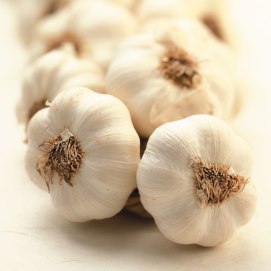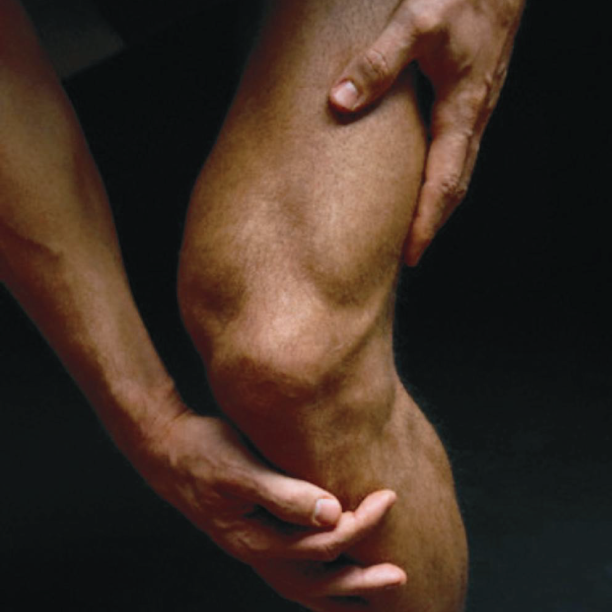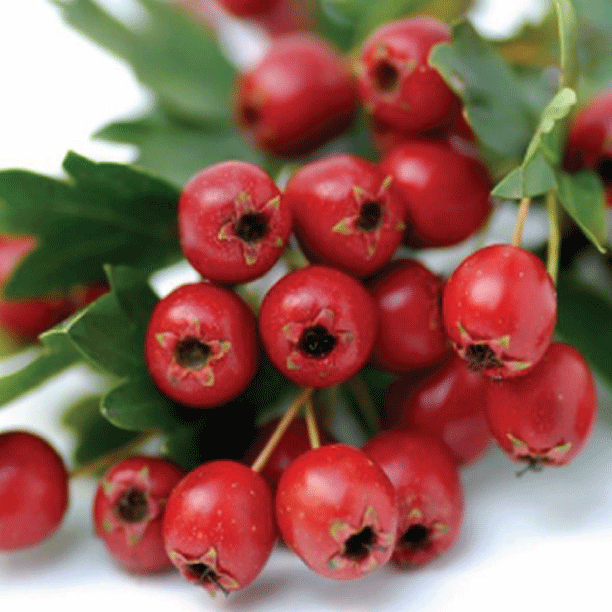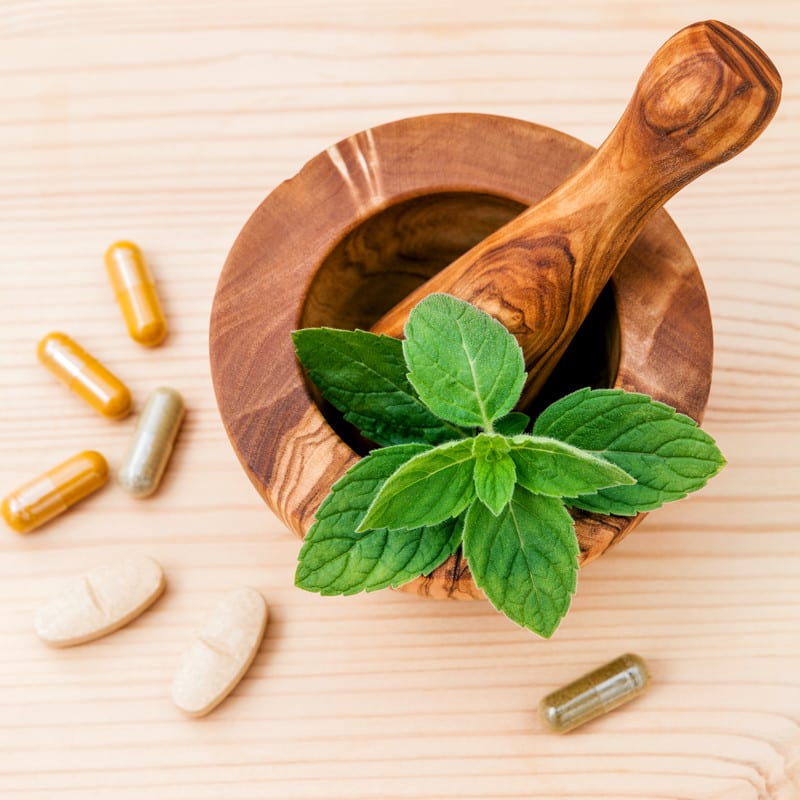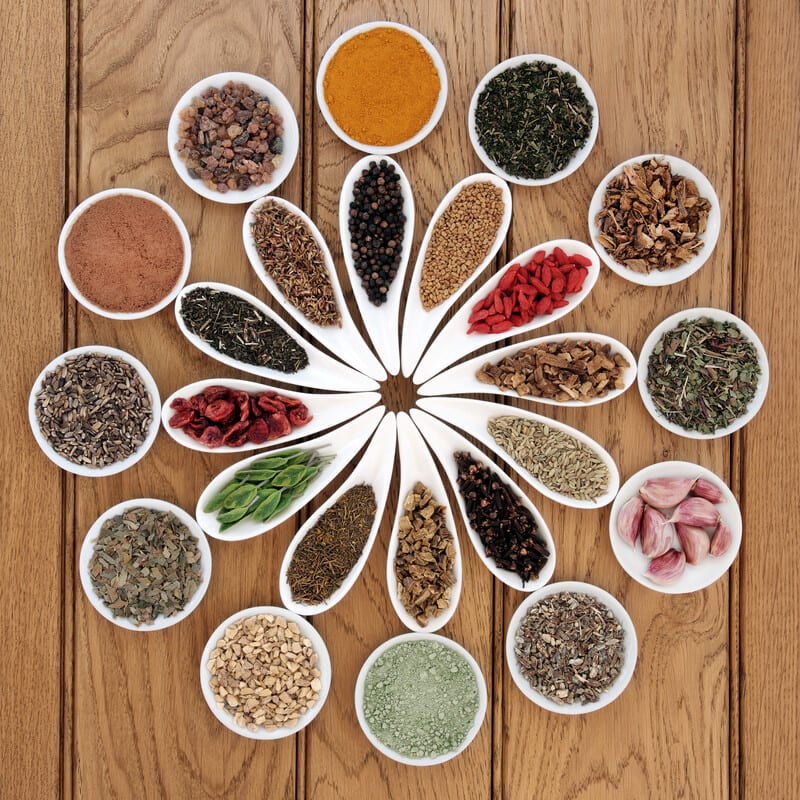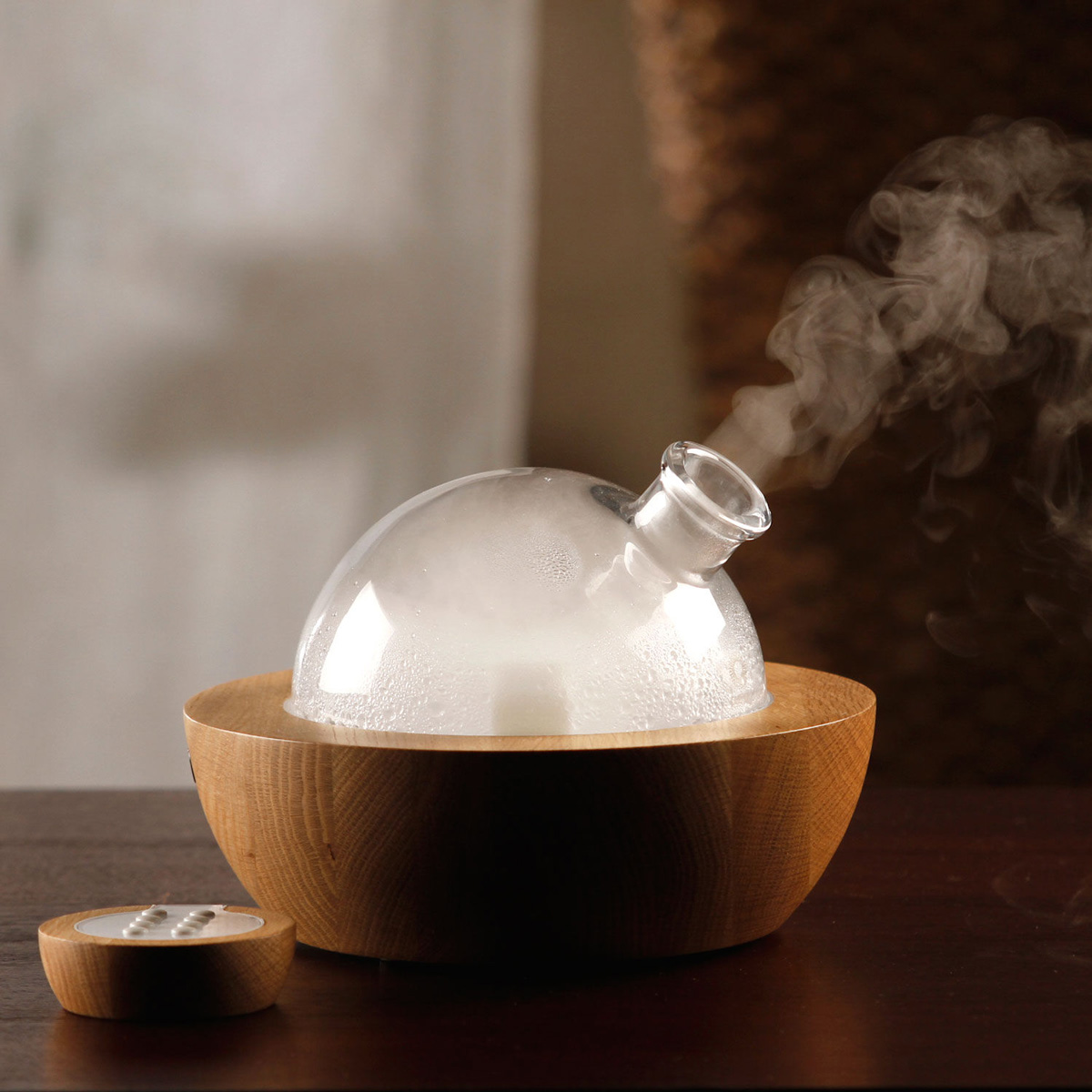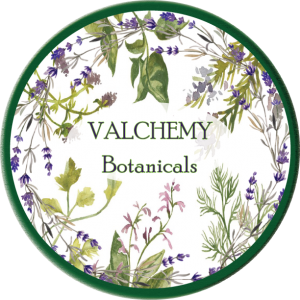(In light of the recent warnings about over-the-counter pain-relievers, I’m posting here some herbal alternatives.)
There are medications used to treat severe pain, some are easily available in pharmacies. But for pain caused by cancer treatment or other diseases, more often than not, these medications won’t work. In hospice settings, patients with cancer are given morphine, a type of opioid, to ease their pain. However, they give them on very limited dosage only and in the end, the patient might build tolerance for it. The same goes for other opioid medications.
It makes sense then to use natural alternatives instead. You don’t need to suffer or live with the pain. There are many herbal options that can help you suppress the pain you’re feeling. Together with a healthier lifestyle and diet, give these natural pain killers a try. Do understand that not all these natural alternatives might work for you. Try one at a time and listen to your body, it can tell you if you can proceed with the alternative healing.
1. Kombucha
Best For: Pain associated with arthritis or cancer treatment
Origin & Description: The true origin of kombucha is linked to the Chinese, specifically the region of Manchuria, which existed over 2,000 years ago. In Klaus Kauffman’s book, it was said that kombucha was known as the “Tea of Immortality” during the Tsin dynasty era. Kombucha is a fermented drink made from tea, sugar and SCOBY (Symbiotic Colony of Bacteria and Yeast). Kombucha is commercially available in health stores but can be quite costly. You can also easily make your own kombucha, as long as you have those three ingredients mentioned above.
 The process of making kombucha tea.
The process of making kombucha tea.
Mechanism of Action: Kombucha is usually mixed with black tea but generally, you can use any type of tea you prefer. In one study, kombucha was mixed with oak leaves and the researchers investigated its anti-inflammatory properties thereafter. The result was that pro-inflammatory cytokines such as IL-6 and TNF-α were greatly reduced after the introduction of the mixture in the oxidative experiment. One of the main acids present in kombucha is glucaric acid, which has potent anti-inflammatory actions.
Risks: If you want to maximize the full benefits of kombucha, it’s a must to hydrate properly while on this herbal alternative. Since this natural alternative is a detoxifier, your body needs lots of water in order for it to flush the toxins out. In relation to its detoxifying effects, you can expect to feel some headaches, diarrhea, skin rashes and insomnia on your first few weeks of drinking kombucha. If you’re planning to make your own kombucha, make sure you sterilize all equipments that you’re going to be using. Contamination is one of the risks of making your own kombucha tea and it can lead to serious side effects.
2. Lobelia
Best For: Pain associated with cramps like menstrual cramps or muscle spasms
Origin: Lobelia is a flowering plant and was once unknown to the world as an herbal alternative. This all changed when the Samuel Thompson, the “Father of American Herbalism,” found the innate anti-spasmodic effects of the plant. Initially, Thompson used the plant to trick his friends into chewing it and vomiting. But then one incident lead to his discovery of the health benefits of lobelia, when one man who he gave it to suddenly felt well and good for the first time after a long time.

Mechanism of Action: Lobeline, main compound of lobelia that has anti-spasmodic activity, attaches to the cholinergic receptors. It induces relaxation by dilating the blood vessels and decreasing blood pressure. This makes lobelia a natural alternative for those suffering from pain due to spasms. In a recent study, other compounds of lobelia were tested for their anti-inflammatory effects. The results yielded were that these compounds work by inhibiting the NF-κB pathway, thereby suppressing the production of pro-inflammatory cytokines such as TNF-α, IL-B and IL-6. Eric Yarnell, a licensed naturopathic physician and registered herbalist, has recommended lobelia to arthritis patients and they were cured successfully.
Risks: In smaller dosage, lobelia has a rare side effect of inducing vomiting. But in higher dosage, the possibility of vomiting becomes higher. Other side effects such as sweating, diarrhea, dizziness and coughing can also be experienced. In exceptionally high dosage, it can even cause tachycardia, tachypnea and coma. If you want to avoid these side effects, start with very low doses of lobelia first or better yet, use its tincture form.
3. Oregano (Leaves/Oil)
Best For: Pain associated with inflammation and cancer treatment
Origin: Oregano’s origin can be traced back thousands of years ago. It is believed that the Greeks were the first to have discovered the amazing health benefits of this herb. While today oregano is regarded as an important spice for dishes, our ancestors have already deemed its potential for pain healing even back then. In particular, it is the leaves of the this flowering plant that is useful for healing pain, also the part where the oil can be extracted from.

Mechanism of Action: Oregano oil contains carvacrol, a potent anti-inflammatory and anti-bacterial compound. In a clinical study, carvacrol was given to CFA-induced paw inflammation mice. They found out how carvacrol works, primarily by reducing the production of pro-inflammatory cytokine IL-1B and at the same time, inducing the production of anti-inflammatory cytokine IL-10. In another study, the other compounds in oregano were studied. Their mechanism of action seems to be on the suppression of nitric oxide production.
Risks: Oregano oil applied topically won’t cause much side effects. It can cause allergic reactions to some people who are allergic to the plant. Ingesting oregano can be more dangerous, as it has a myriad of side effects this way. For instance, it can hinder your body’s absorption of iron and can therefore cause anemia. It is not recommended to be ingested by pregnant women as it can cause miscarriages too.
4. Lapacho (Bark)
Best For: Pain associated with arthritis or cancer treatment
Origin: Lapacho is native to South America, specifically to the regions of Argentina, Brazil and Paraguay. For many years, it has been used by the natives of the region for illnesses such as colds, arthritis, fever and more. Lapacho goes by many names such as taheebo, Pau D’Arco, tajy, to name a few. It is the inner bark of this tree that is known to have analgesic and anti-inflammatory properties.

Mechanism of Action: B-Lapachone is the main naphthoquinone component of lapacho. Its action is two-fold, which is why lapacho works immensely for pain relief. First, it suppresses the production of pro-inflammatory mediators like iNOS, pro-inflammatory cytokines and MMP. Second, it enhances the production of anti-inflammatory mediators like IL-10, HO-1 and TIMP-2. You can learn more about its mechanism of action in this study.
Risks: Topical agents with lapacho rarely cause any side effects. But if you’re planning on taking it on tea or capsule form, there are some side effects that can be experienced. With high dosage, vomiting, diarrhea and dizziness are some of the side effects. For those taking blood thinning medication, you won’t be able to supplement with lapacho as it can lower your blood clotting capabilities even more.
5. Uncaria Tomentosa
Best For: Pain associated with osteoarthritis, ulcers and gastric diseases
Origin: Uncaria tomentosa is commonly referred to as cat’s claw. It is a native plant to the regions of central and southern America. Its common name was derived from the appearance of its thorns, which resemble the claws of the cats. The best feature of this herb is that every part of it seems to have some health benefit. But if you want to make use of its analgesic and anti-inflammatory properties, its leaves, inner bark and roots are your best options.

Mechanism of Action: The main alkaloid component of the herb is called mitraphylline. Its mechanism of action is to modulate the release of various cytokines involved in the inflammation process. These cytokines include IL-1A, IL-1B, IL-17 and TNF-α. In one study, the bark extract of the herb was tested for its anti-inflammatory effects. The result was that the inhibitory effect of the part was largely upon the NF-κB pathway of the inflammation process.
Risks: Like the other herbs, with short-term use and low dosage, uncaria tomentosa poses little to no risks. But with long-term use and higher dosage, you might experience vomiting, dizziness and headaches. Those with prescription medication should avoid using this herb for possible drug interactions. Pregnant women are advised against this herb for possibility of miscarriages.
Say “no” to severe pain with these natural alternatives
Ever wanted to live your life without any pain? Ever seen your loved ones suffer from the pain of debilitating diseases? We’ve all been there, whether as the direct pain sufferers or spectators to the ones who suffer from pain. The good news is, the world is full of natural herbal alternatives that can treat the pain. We don’t have to stand victim to it anymore, we can take control of our health in the natural way.
Maybe you know of other natural pain killers for severe pain that you can share below. After all, it is only with each other that we can make this world a better place. Interact with us using the comments section below and we would try our best to reply to your comments.
Source: GoNaturalPainRelief – https://bit.ly/2UhvfJb


